Exploring Extraterrestrial Claims: A Scientific Perspective
Written on
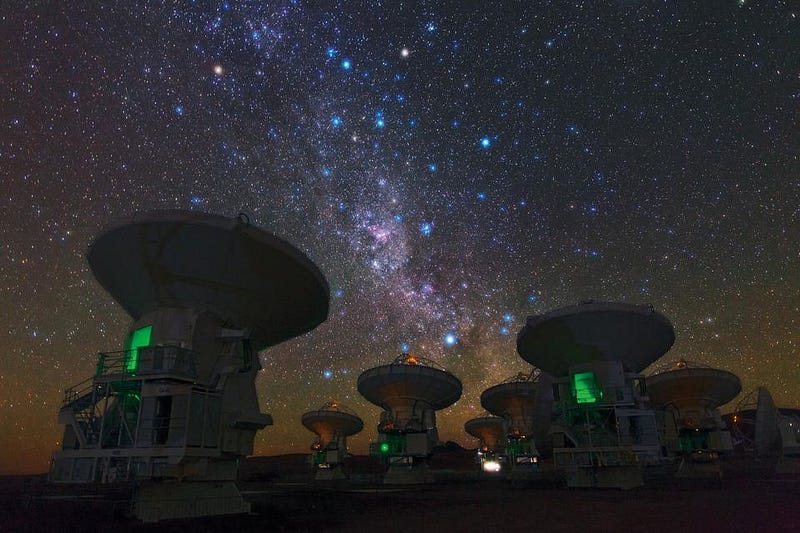
It is often said that the only thing more vast than our ignorance of the cosmos is our imagination. The question of whether extraterrestrial beings exist somewhere in the universe, possibly even in our galaxy or Solar System, continues to intrigue us. If they do exist, what forms might these alien life forms take? Are they simple organisms, like single-celled bacteria, or more complex, multi-cellular entities? Could they be intelligent, sentient beings with advanced technology?
While it might be a common belief that scientists avoid the topic of aliens, the reality is that the scientific community is eager to explore the subject. However, they are reluctant to endorse claims that lack substantial evidence. The fundamental principle guiding scientific inquiry into extraterrestrial claims is this: "Do not conclude that 'aliens' exist based on insufficient data." Historically, the claims we've encountered have adhered to this guideline.
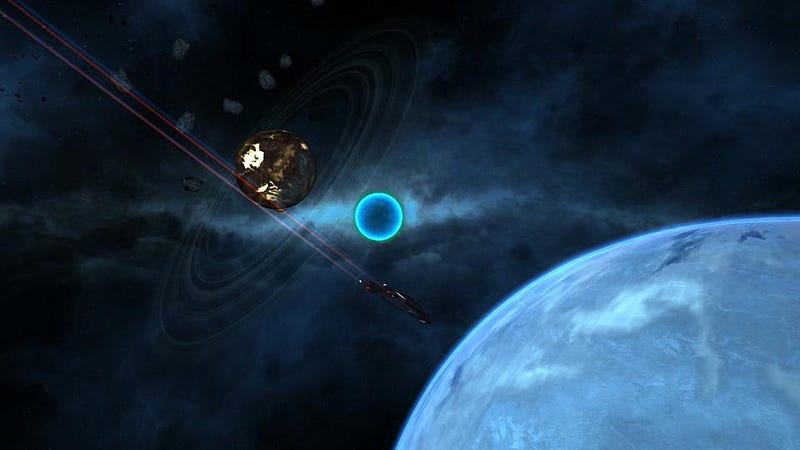
Any assertion questioning the existence of aliens must meet a crucial standard: does the data strongly support the idea of extraterrestrial life over more ordinary explanations that do not involve aliens?
The universe is teeming with natural occurrences resulting from intricate processes. The interactions among particles give rise to bound systems such as atoms and molecules, many of which—like polycyclic aromatic hydrocarbons or amino acids—have been identified in interstellar gas clouds and meteorites that land on Earth.
Numerous scientists, from those examining our Solar System to astronomers studying exoplanets and searching for extraterrestrial intelligence (SETI) signatures, dedicate their lives to uncovering signs of alien life beyond our planet. Yet, no convincing claims have withstood rigorous examination. Below are seven notable claims regarding aliens and how they ultimately fell short.

1. Giovanni Schiaparelli and Percival Lowell's Martian Canals In the 1800s, advancements in telescope technology led to increased observations of Mars. Italian astronomer Giovanni Schiaparelli reported a network of "canali" or channels on the Martian surface, which American astronomer Percival Lowell later interpreted as canals built by intelligent beings to transport water. Despite the popularity of this notion, no such canals exist. NASA explains that the perceived network of lines on Mars stemmed from human pattern recognition rather than actual features.
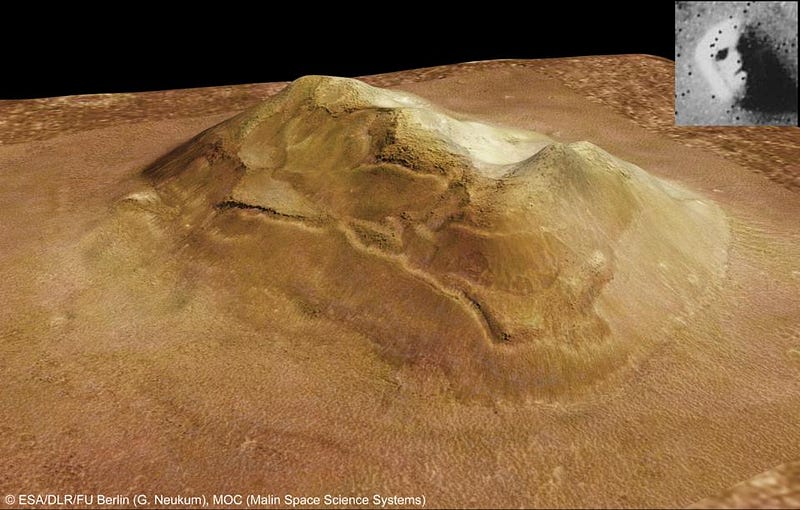
2. The Viking Mission’s Signs of Life The Viking lander conducted a series of biological tests on Martian soil in 1976, including a gas chromatograph-mass spectrometer experiment that found no organic materials. While initial results suggested possible life, follow-up investigations revealed that the findings could be attributed to inorganic processes.
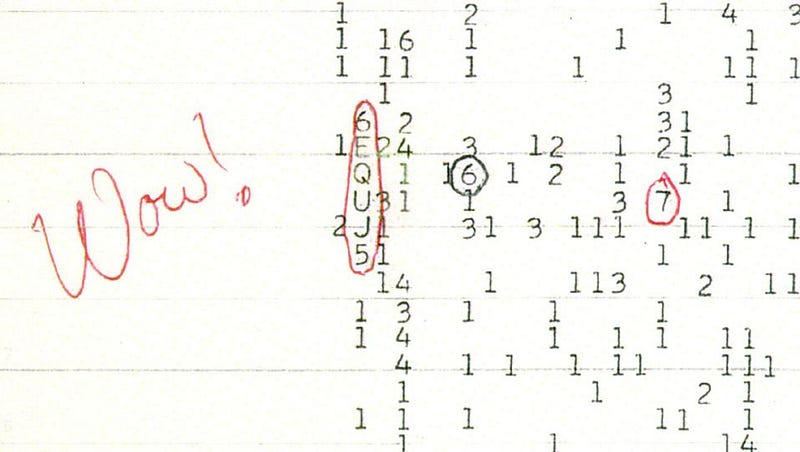
3. The "Wow!" Signal On August 15, 1977, astronomers detected a strong, brief radio signal from the Big Ear telescope, dubbed the "Wow!" signal. Despite initial excitement, the signal lacked the modulation characteristic of intelligent communication, and extensive follow-up observations failed to replicate the event.

4. The Allan Hills Meteorite The discovery of the ALH84001 meteorite, believed to be from Mars, sparked claims of finding Martian microorganisms. While some structures appeared similar to Earth-based bacteria, further analysis showed that these formations could arise from inorganic processes, leaving the question of past Martian life unresolved.
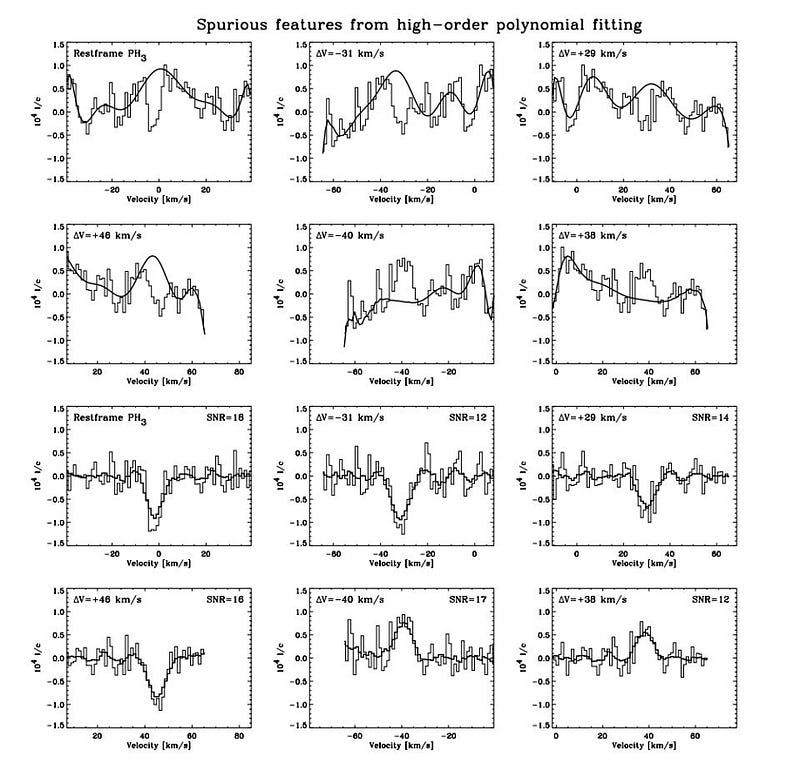
5. Curiosity Rover’s Methane Discoveries The Curiosity rover recently detected methane emissions on Mars, leading to speculation about life. However, this could also be explained by geological processes. Future missions aim to clarify the source of this methane.

6. Phosphine on Venus In 2020, researchers claimed to have found phosphine in Venus's atmosphere, suggesting the presence of microorganisms. However, subsequent analysis indicated that the data was flawed and that the signal might be attributable to sulfur dioxide instead.
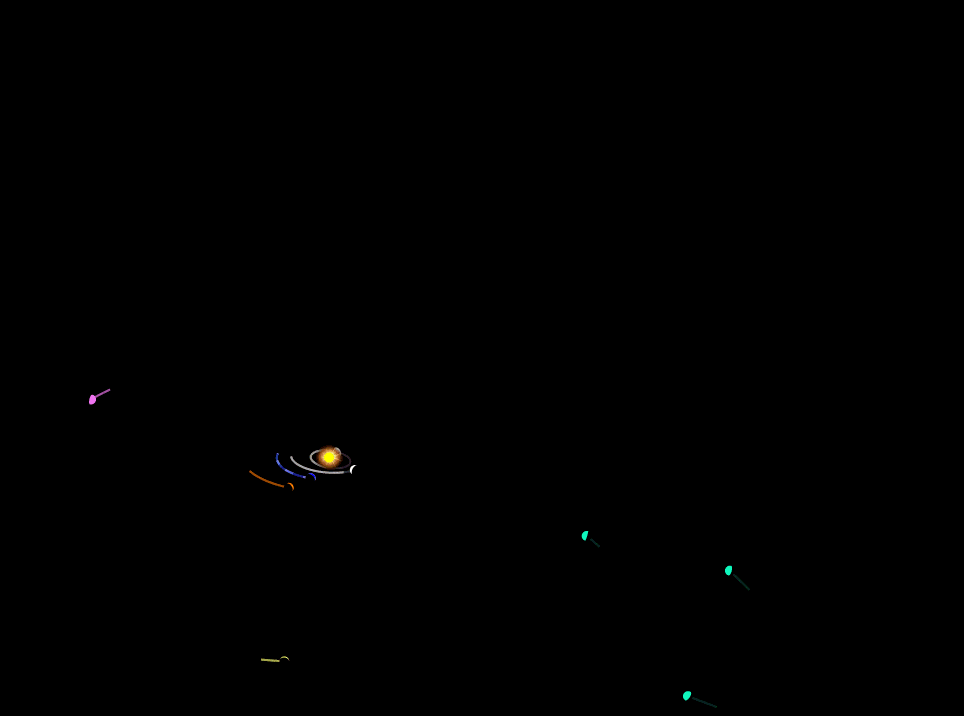
7. 'Oumuamua: An Alien Spacecraft? When 'Oumuamua, the first interstellar object observed in our Solar System, was detected, some speculated it could be an alien spacecraft. However, analysis showed it shared characteristics with known celestial bodies, and there is insufficient data to support the extraterrestrial hypothesis.
All seven cases illustrate a common issue: they extrapolated extraordinary conclusions from ordinary data. Today, countless alien-related stories circulate online, often founded on weak evidence. Are the unidentified flying objects sighted by military personnel extraterrestrial vehicles, or do they have terrestrial origins? The critical takeaway here is that, without compelling evidence, we must focus on gathering quality data before jumping to conclusions. In science, it’s essential to reach sound conclusions based on solid reasoning rather than personal biases. Until we obtain definitive evidence, we should adhere to the scientific principle: "Do not conclude 'aliens' from insufficient data."
Starts With A Bang is authored by Ethan Siegel, Ph.D., who wrote Beyond The Galaxy and Treknology: The Science of Star Trek from Tricorders to Warp Drive.